Art Nouveau was a vibrant and influential artistic movement that emerged in the late 19th century and left an indelible mark on the world of art and design. Characterized by its flowing lines, organic forms, and intricate detailing, Art Nouveau captivated the imagination with its fusion of nature, craftsmanship, and innovation. At the forefront of this artistic revolution were the visionary Art Nouveau artists who pushed the boundaries of creativity and redefined the aesthetics of their time.
In this article, we will delve into the enchanting world of Art Nouveau and learn about ten famous Art Nouveau artists who played a significant role in shaping this captivating movement. From the exquisite glassworks of Louis Comfort Tiffany to the architectural marvels of Antoni Gaudí, each artist on this list contributed their unique style and creative brilliance to the Art Nouveau era.
Gustav Klimt

Gustav Klimt, born in Austria, is a highly regarded painter from the Art Nouveau era. He spent most of his life in Austria, with few trips to countries like Italy in his later years. Klimt was already a celebrated artist before the Art Nouveau movement began in the 19th century, known for his decorative paintings mostly featuring women.
The Vienna Secession, founded by Klimt and a few other artists, aimed to bring Austria into the modern European art scene, as many argued that Austria was still stuck in a classical artistic framework while other parts of Europe were making great strides in new and exciting art movements.
Klimt’s paintings are known for their exquisite realism and unique elements, with a later period referred to as his “Golden Phase” where he painted brilliant golden robes and celebrated the female form.
Alphonse Mucha
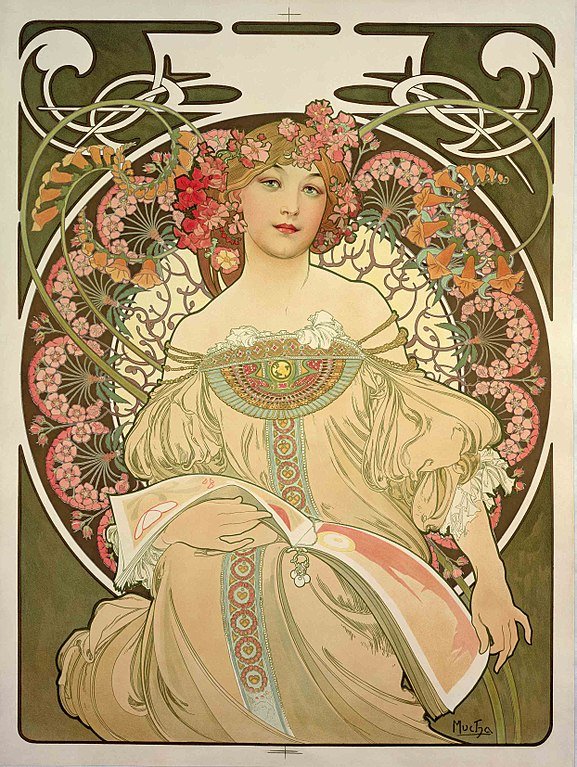
Alphonse Mucha, a prominent member of the Art Nouveau movement, gained recognition for his poster and advertisement designs for theatrical performances. His influence can still be seen in contemporary movie posters that draw inspiration from his work.
A native of Bohemia, Mucha spent his formative years in artistic hubs such as Paris and Munich. He is acknowledged as one of the most notable artists hailing from the Czech Republic. Upon returning to his homeland, his artistic focus shifted toward works that celebrate Czech culture.
Notably, Mucha’s artwork primarily consisted of paintings and lithographs used as advertisements for various European theatrical shows. His works predominantly featured powerful female figures that reflect his intention to portray women in a more socially empowering manner.
Gerda Wegener
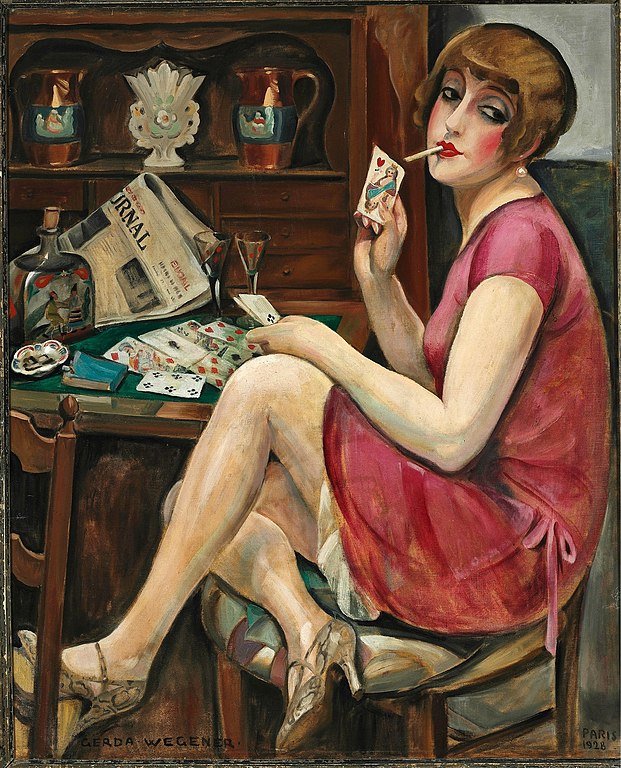
Gerda Wegener was a renowned Art Nouveau artist of the early 20th century, famous for her works known to have an explicit and erotic quality that inspired a whole new genre. Wegener was born in Denmark in 1886, with a conservative upbringing as a leader’s daughter in the Lutheran church.
She is credited with producing noteworthy paintings and illustrations of the late Art Nouveau style, most notably featuring sexually suggestive female figures that are highly unique. Some of her controversial works included depictions of women engaging in sexual activity, which were deemed too explicit for the era of the 1920s and 1930s.
Wegener sought to transform how women were portrayed in artwork and also created images of men that were different from how they had been depicted in earlier times of artistic expression.
Louis Comfort Tiffany
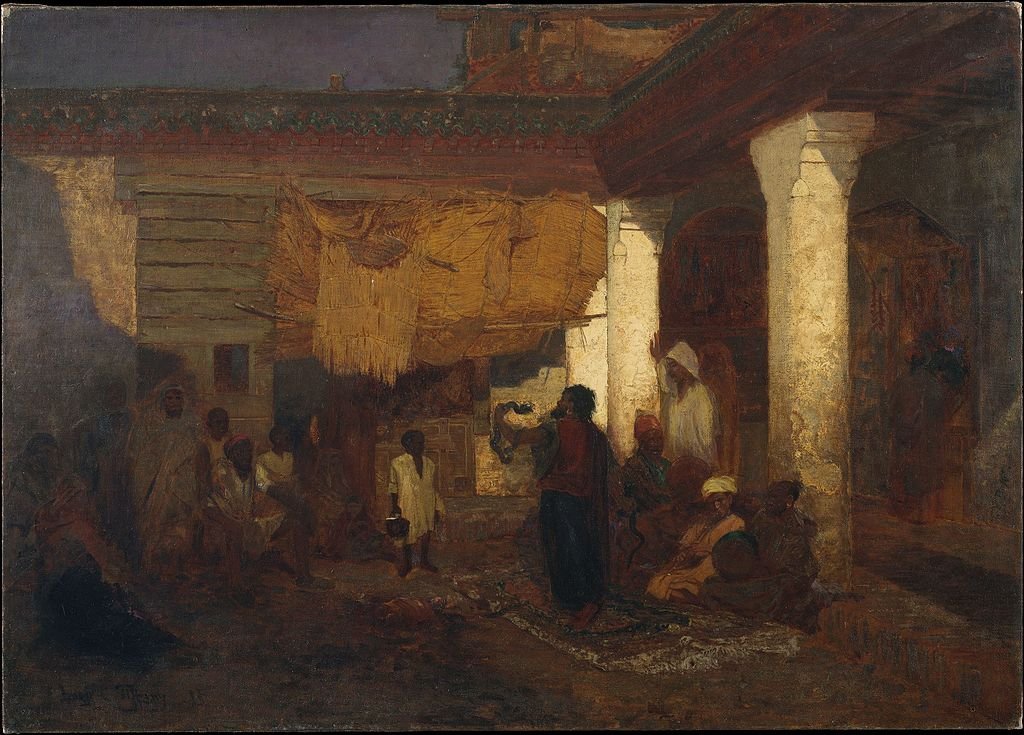
Louis Comfort Tiffany, renowned as the son of the illustrious jeweler Charles Lewis Tiffany, initially received training in painting. However, in 1875, he ventured into the realm of stained glass experimentation, eventually establishing his glass-making factory merely three years later.
His innovative work with glass, especially his creation of Favrile glass, garnered immense popularity internationally. One of his most remarkable achievements, titled “Education,” adorned Yale University’s library as a sprawling stained glass window spanning thirty feet in width.
This masterpiece memorialized Mary Harwell Lusk, the daughter of one of Yale’s esteemed benefactors. In 1970, due to safety concerns during protests on New Haven Green, the artwork was temporarily removed from its original location.
As an unforeseen consequence, it was misidentified and subsequently forgotten. Interestingly, this misidentification likely safeguarded the piece from potential theft in later years, as the mislabeled artwork, presumed to be Tiffany’s, went missing instead.
Antoni Gaudí
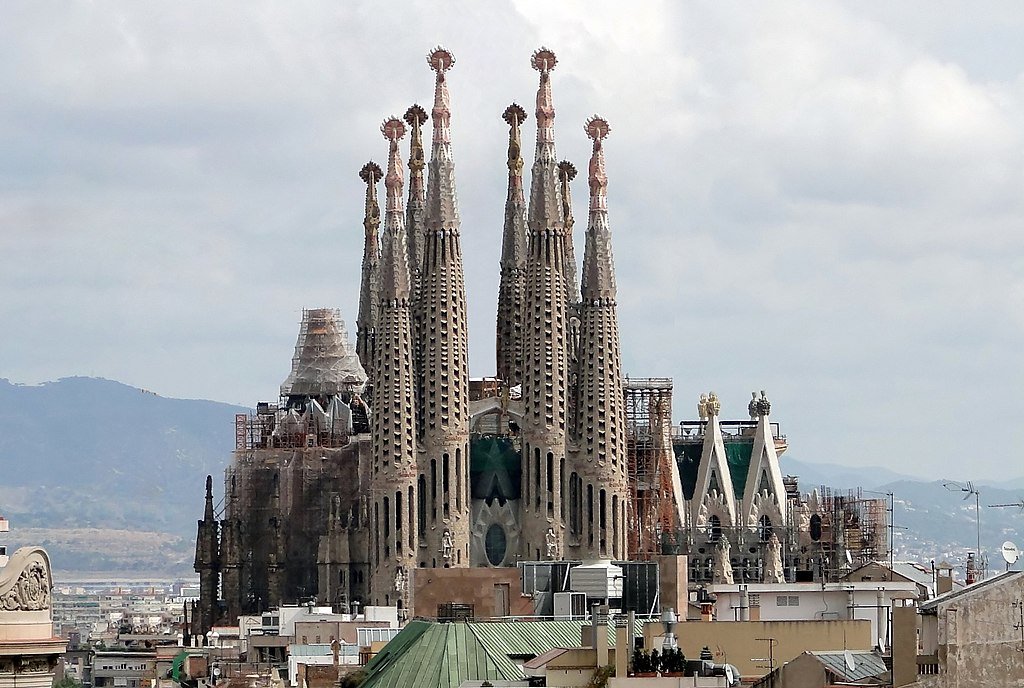
Antoni Gaudí, an architectural trailblazer primarily active in Barcelona, left an indelible mark on the cityscape with his distinctive Art Nouveau style. His innovative approach drew inspiration from nature and the Catholic faith, resulting in structures adorned with organic shapes and vibrant surfaces that deviated from conventional architectural norms.
For instance, the benches in Parc Güell were meticulously designed to harmonize with the human spine, while the balconies of Casa Mila were transformed into abstract interpretations of leaves and blades of grass. This distinct inspiration set Gaudí apart from contemporary architectural trends and firmly established him as a prominent figure within the Art Nouveau movement.
Among his extensive body of work, La Sagrada Familia stands as Gaudí’s most renowned masterpiece. Construction on this monumental project commenced in 1882 and continues to this day.
Remarkably, when Gaudí undertook the responsibility of designing the church in 1883, he did so fully aware that he would not live to witness its completion—a testament to his unwavering faith. By the time of Gaudí’s passing in 1926, the cathedral was only 20% finished. Once finished, it will stand as the tallest basilica in the world, a testament to the enduring legacy of Gaudí’s vision and craftsmanship.
Aubrey Beardsley

Aubrey Beardsley remains etched in our collective memory as one of the most renowned artists of the Art Nouveau movement, celebrated for his extraordinary prowess in the realm of illustration—an artist whose creative output defined the modern era.
Born in England in 1872, Beardsley emerged as one of the most promising young talents as the Art Nouveau movement gained momentum in 1890.
Employing predominantly black ink, Beardsley drew inspiration from the ancient Japanese technique of woodcut drawings, infusing his artworks with a distinctive aesthetic.
Among his notable accomplishments, Beardsley left an indelible mark as a highly successful artist, crafting iconic posters for theatrical performances and various businesses across Britain.
Tragically, Beardsley’s promising young career was curtailed prematurely when he fell victim to tuberculosis in his early twenties. He passed away at the tender age of 25. Throughout his brief yet impactful career, Beardsley embraced the grotesque, as he aptly described himself and his work, a characteristic that reverberated through his artworks.
Charles Rennie Mackintosh
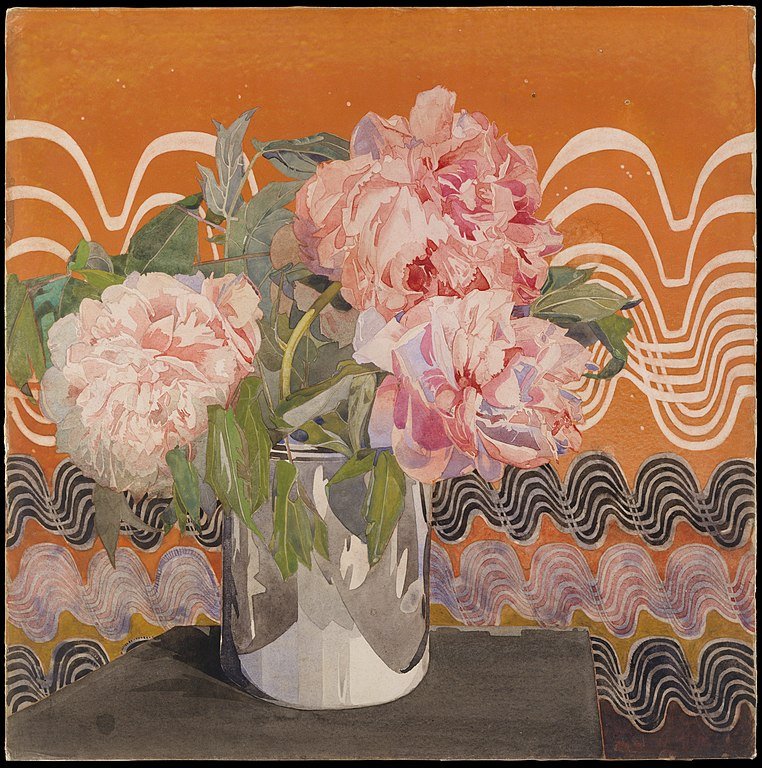
Charles Rennie Mackintosh stands as an illustrious figure within the British faction of the Art Nouveau movement. Born in Scotland in 1868, Mackintosh hailed from a modest background and exhibited a remarkable affinity for art and architecture from a tender age.
While he embarked on his career as an architect, Mackintosh also delved into painting, gaining recognition within the vibrant social circles of British and Scottish artists during the late 19th century.
His union with Margaret Macdonald, a distinguished artist in her own right, and their collaboration with another artistic duo, formed the renowned collective known as “The Four.” Mackintosh’s visionary approach positioned him as one of the most progressive architects and design pioneers during the nascent stages of the Art Nouveau movement.
Beyond his creations of grand edifices and notable residences, Mackintosh ventured into diverse realms, envisioning concert and exhibition halls, museums, and even a railway terminal.
In the later years of his life, Mackintosh forsook his architectural pursuits entirely and dedicated himself solely to watercolor paintings. During this phase, he resided in the southern region of France, leaving behind a legacy of artistic brilliance.
Egon Schiele
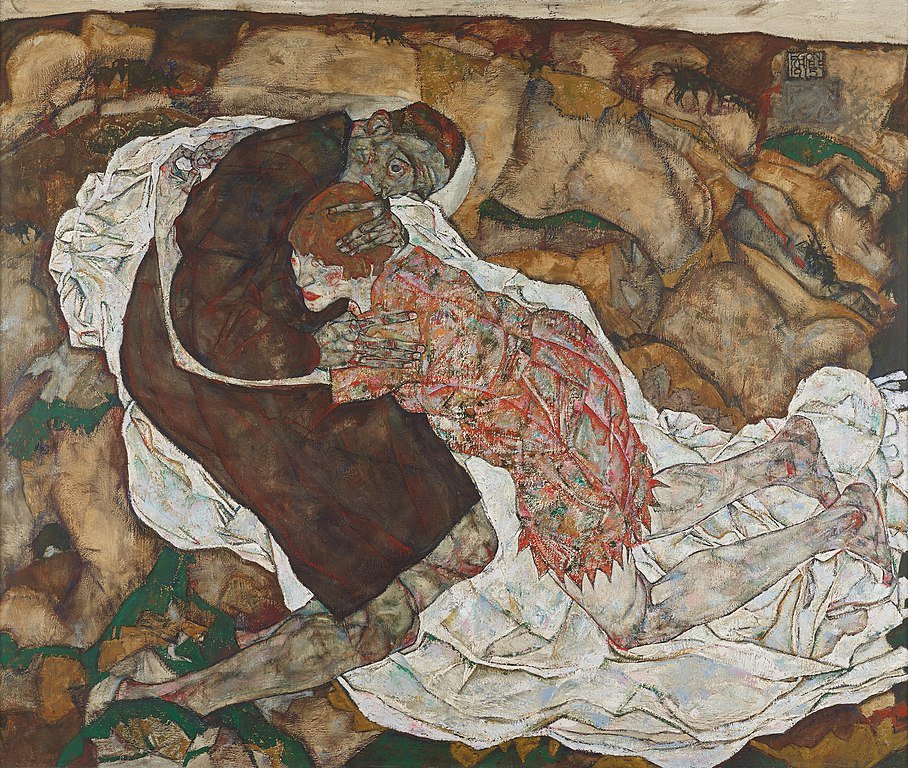
Egon Schiele’s life was tragically cut short when he succumbed to influenza at the tender age of 28. While his artistic style bore the hallmarks of Expressionism, Schiele found profound inspiration in the works of Gustav Klimt, whom he considered both a friend and a mentor. Klimt’s influence played a pivotal role in shaping Schiele’s artistic focus, particularly in his exploration of the female form.
In his notable work, “Reclining Woman With Green Stockings,” Schiele boldly accentuates the female figure in a manner that blends tradition with controversy, owing to the provocative pose. Schiele’s unconventional portrayals of young women often stirred controversy and resulted in legal troubles, leading to his imprisonment in 1912.
The reclining woman depicted in this artwork epitomizes Schiele’s distinctive style, characterized by an embrace of figural distortion and a defiance of conventional notions of beauty.
Henri de Toulouse-Lautrec
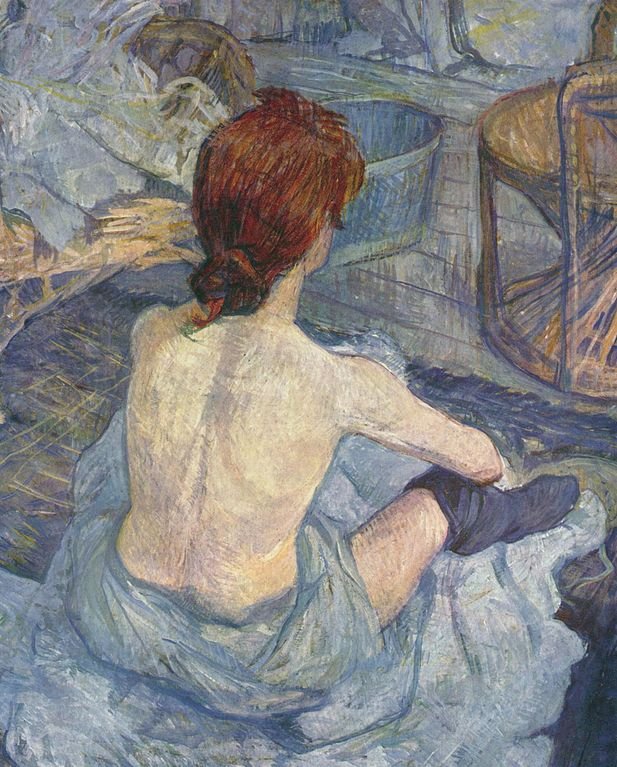
Henri de Toulouse-Lautrec revolutionized the perception of advertising by elevating it to the realm of fine art—an unprecedented shift in history. His remarkable vision acknowledged that an ordinary poster in a nightclub could possess the qualities of an important artwork.
Unlike many artists of his era, Toulouse-Lautrec did not struggle to sustain himself. Rather than catering exclusively to high-end galleries, he forged partnerships with Parisian business owners who recognized the value of his distinctive artistic perspective.
One of his renowned works, “At the Moulin Rouge,” portrays the iconic cabaret that emerged in 1889. This painting not only showcased Toulouse-Lautrec’s early contributions to the Art Nouveau movement but also aligned with his influential creations of Moulin Rouge posters. These posters and paintings featured his characteristic script writing and exaggerated outlines, which came to symbolize the essence of the Art Nouveau aesthetic.
Victor Horta
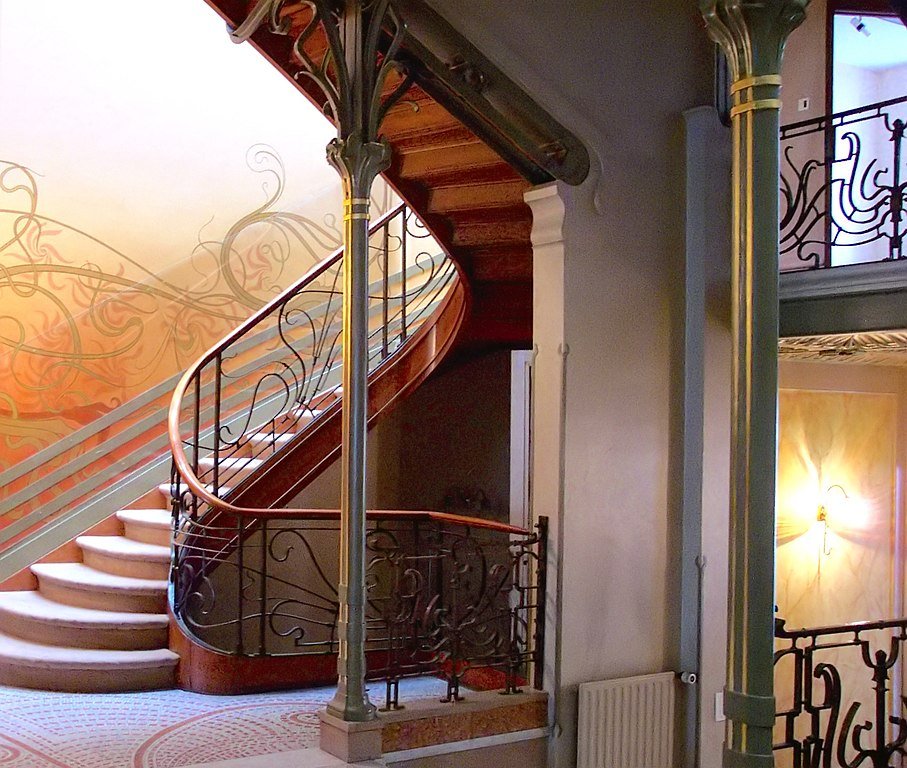
Victor Horta, a pioneering figure in the Art Nouveau movement, played a crucial role in expanding its influence from the realms of visual and decorative arts to the realm of architecture. Horta’s architectural designs were distinguished by his adeptness in incorporating industrial advancements, particularly in the use of iron and glass.
One of Horta’s most celebrated works, the Hôtel Tassel, also known as the “Tassel House,” holds the distinction of being considered the inaugural Art Nouveau building. His structures showcased gracefully twisted and bent iron elements that seamlessly extended from the exterior to the interior decor.
This townhouse was commissioned by one of his colleagues at the Université Libre de Bruxelles. The Hôtel Tassel masterfully blended elements of nature and industry, creating a harmonious fusion. Notably, the building’s iconic stair hall was designed to be visible from the exterior, adding to its unique allure.
